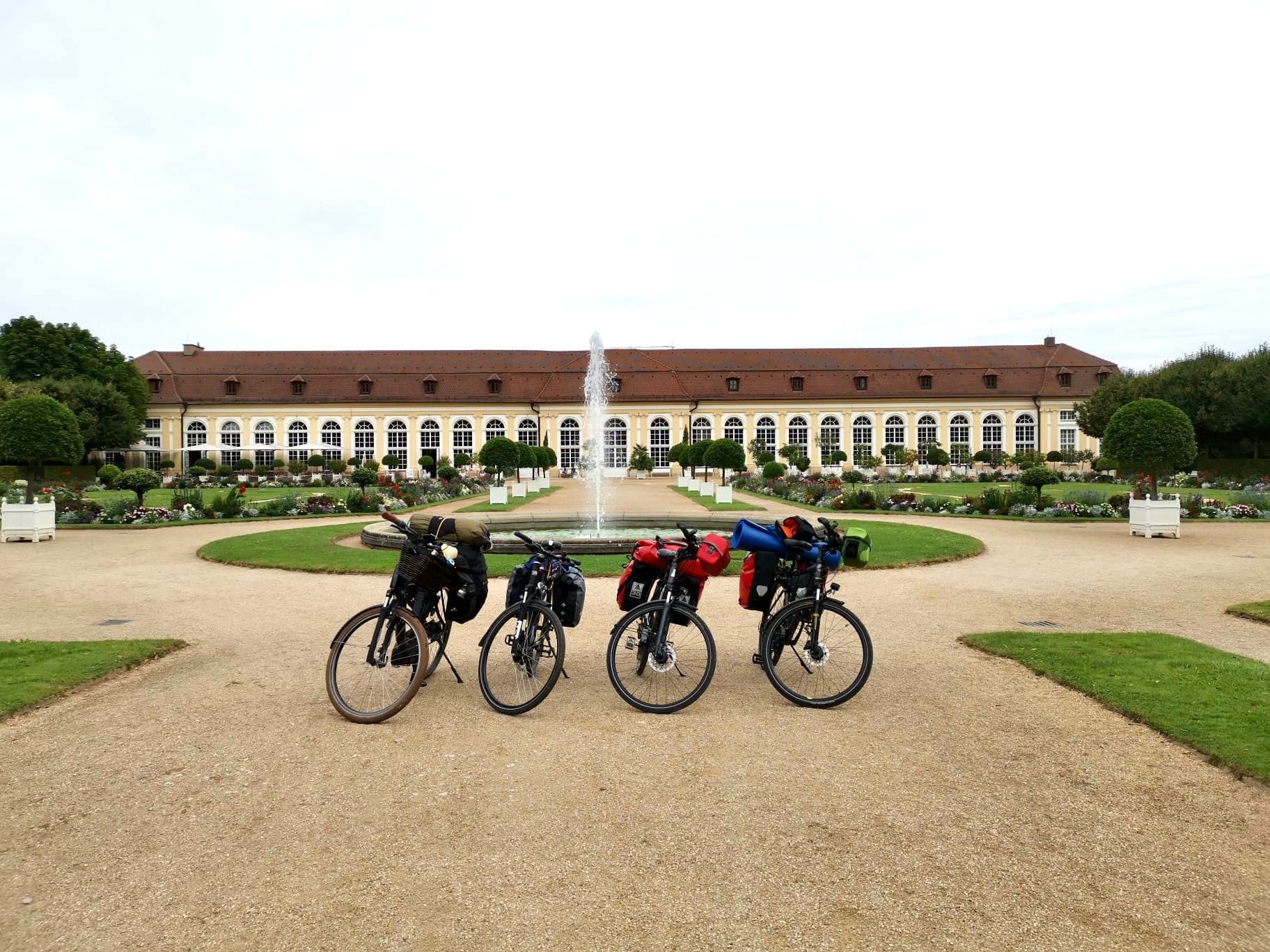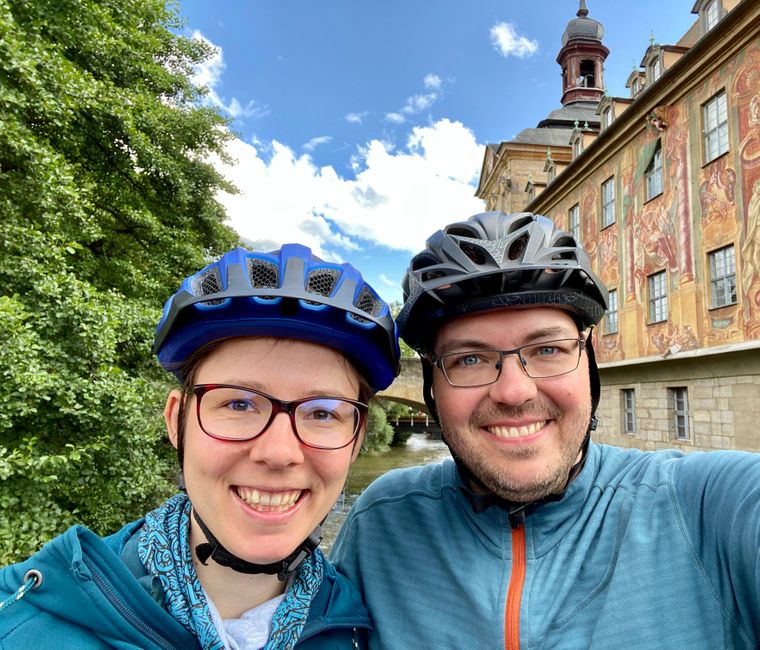
Von Nürnberg nach Sylt mit dem Radl
vakantio.de/von-nurnberg-nach-sylt-mit-dem-radl
Day 16: Goslar, World Heritage Site
Verëffentlecht: 05.01.2023
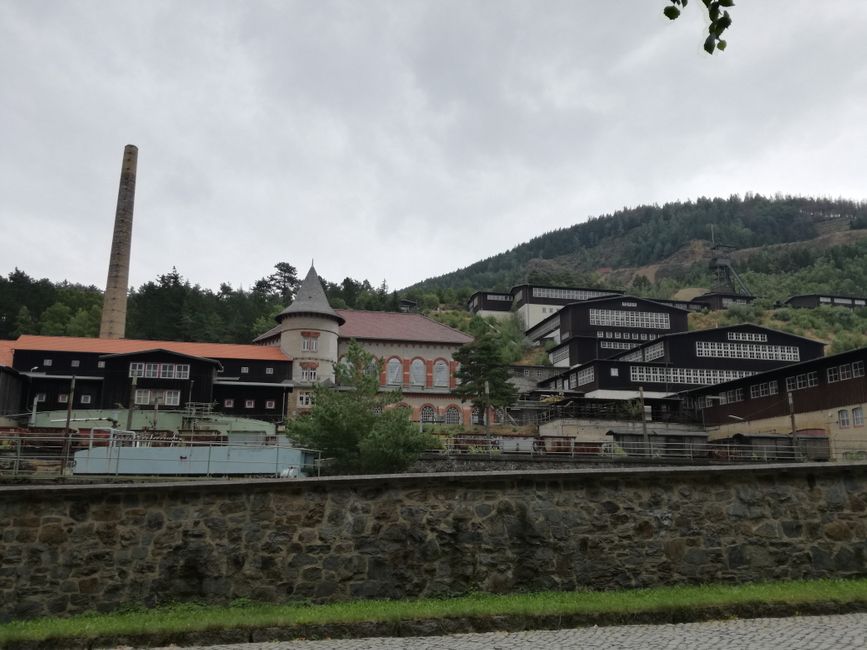
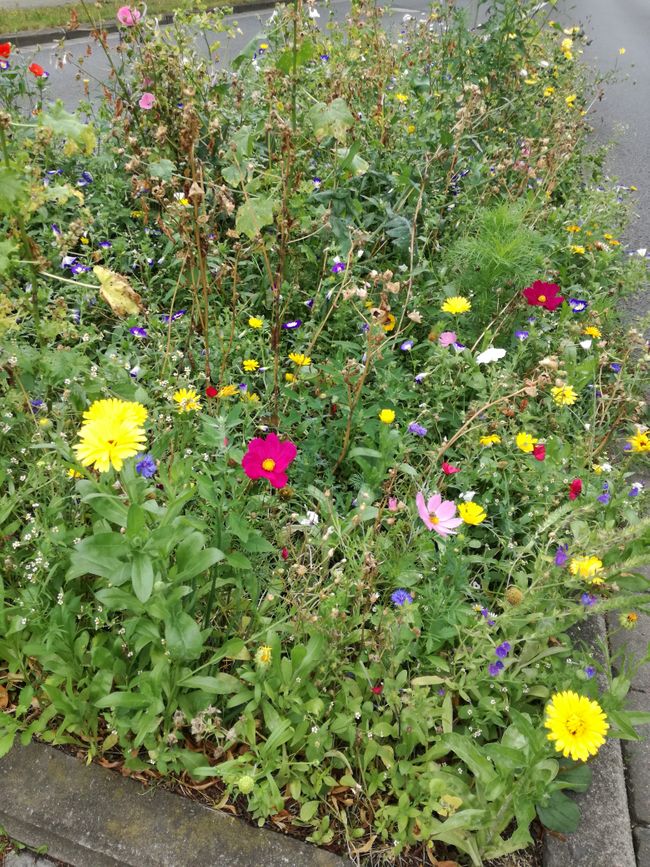
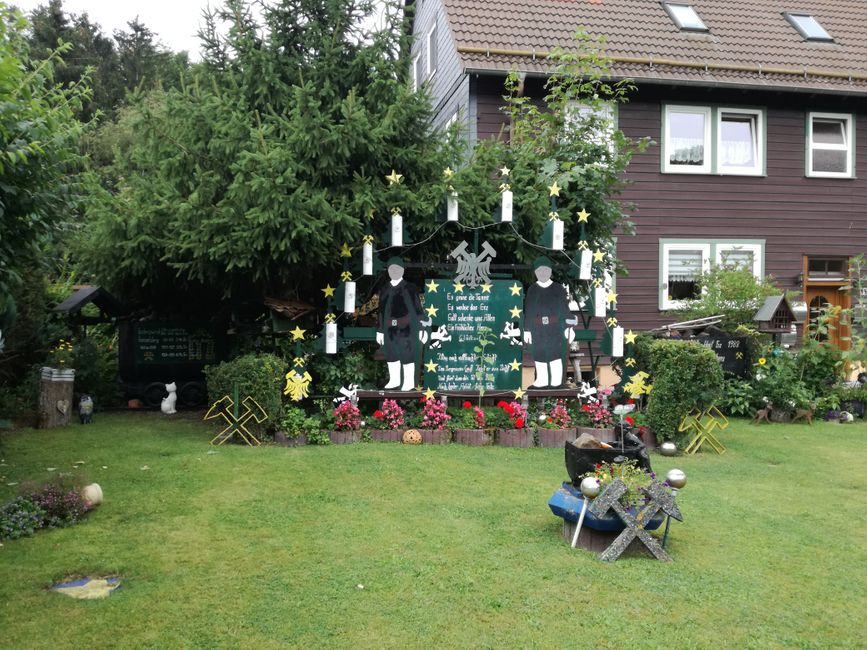
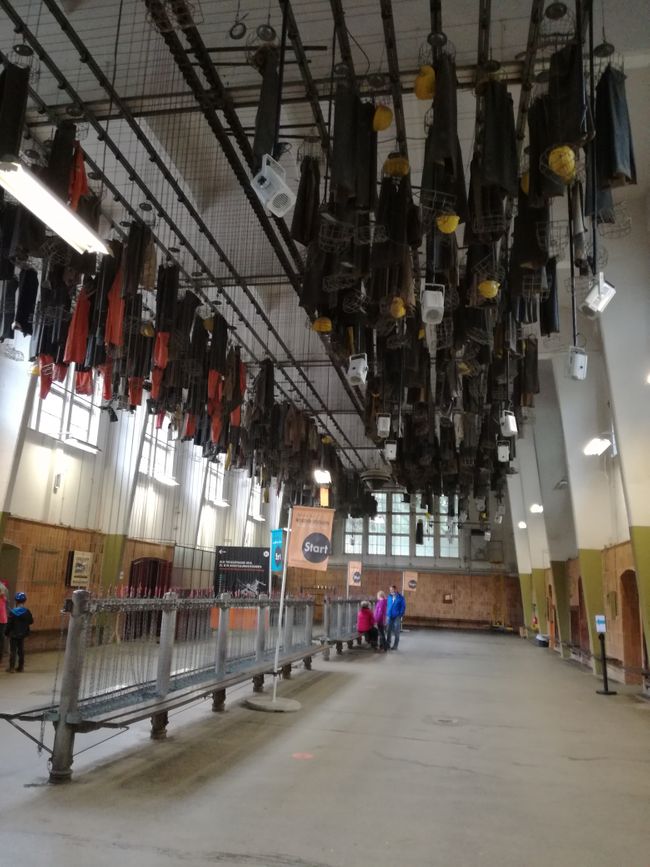
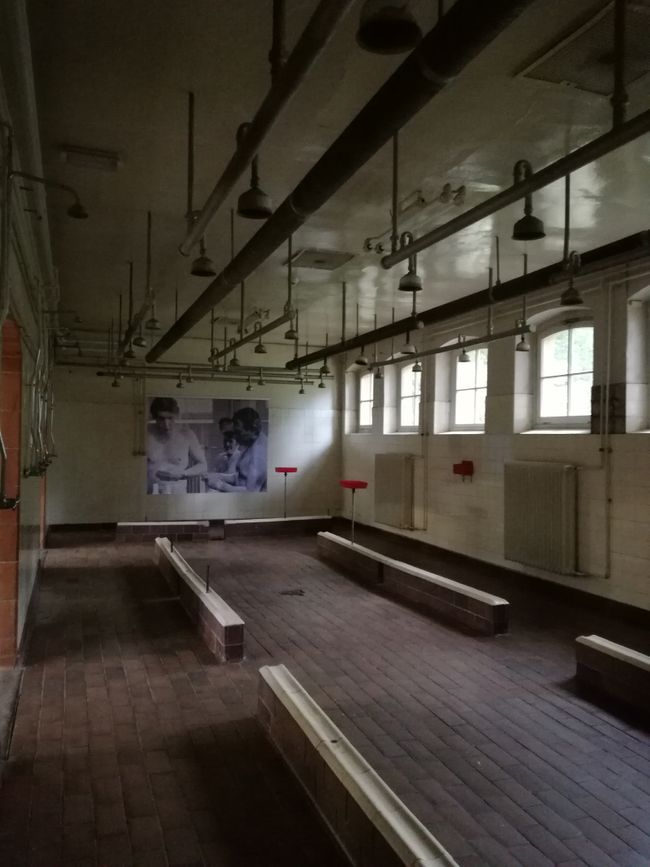
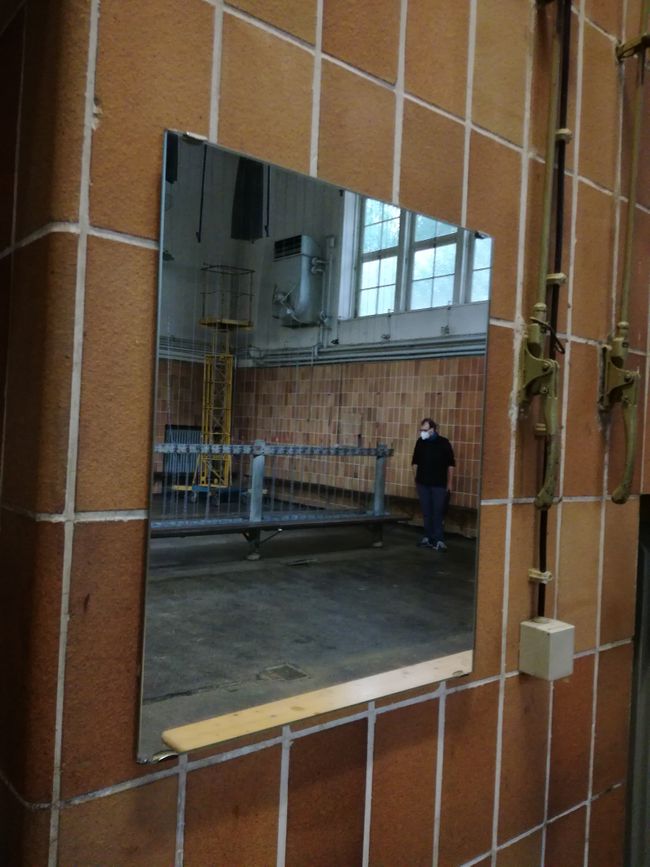
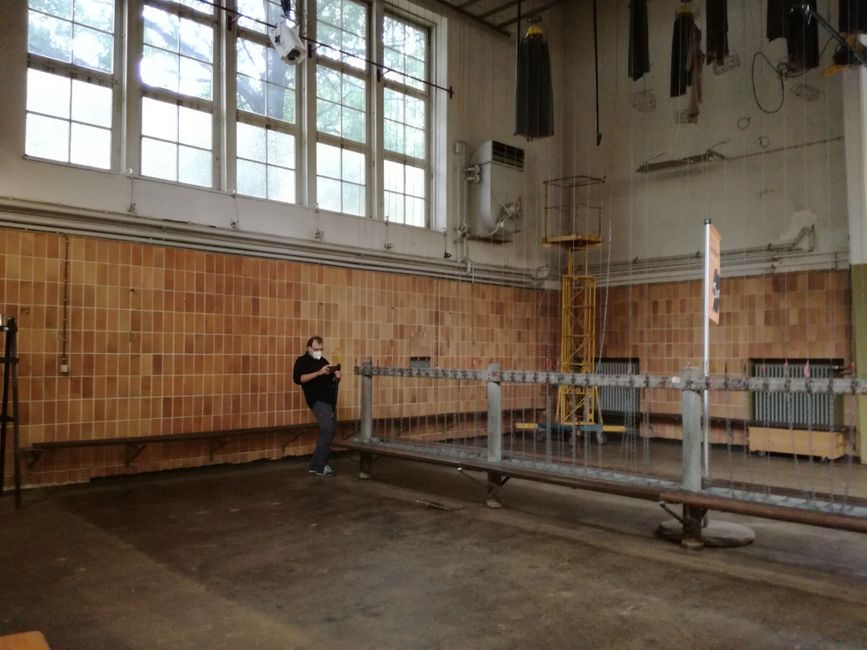
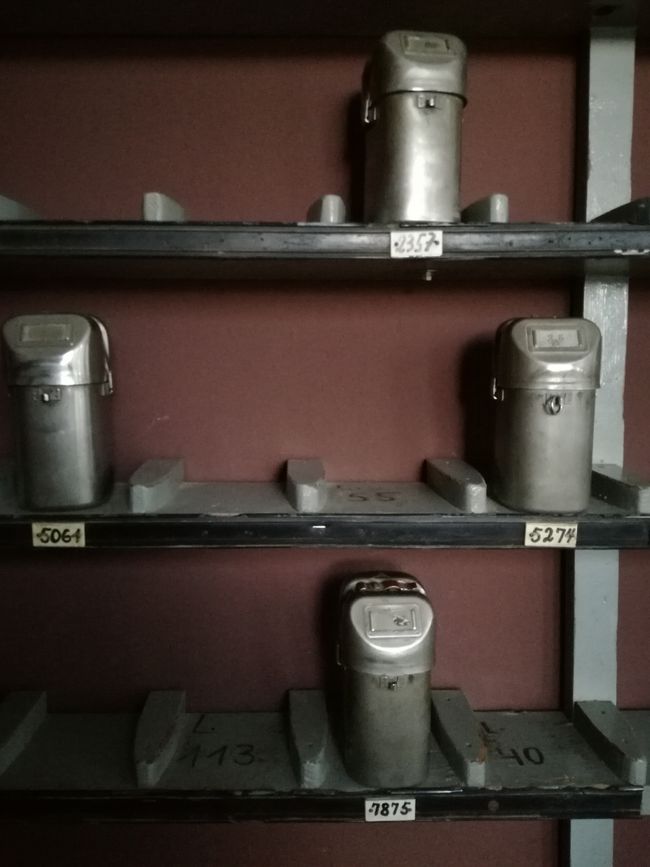
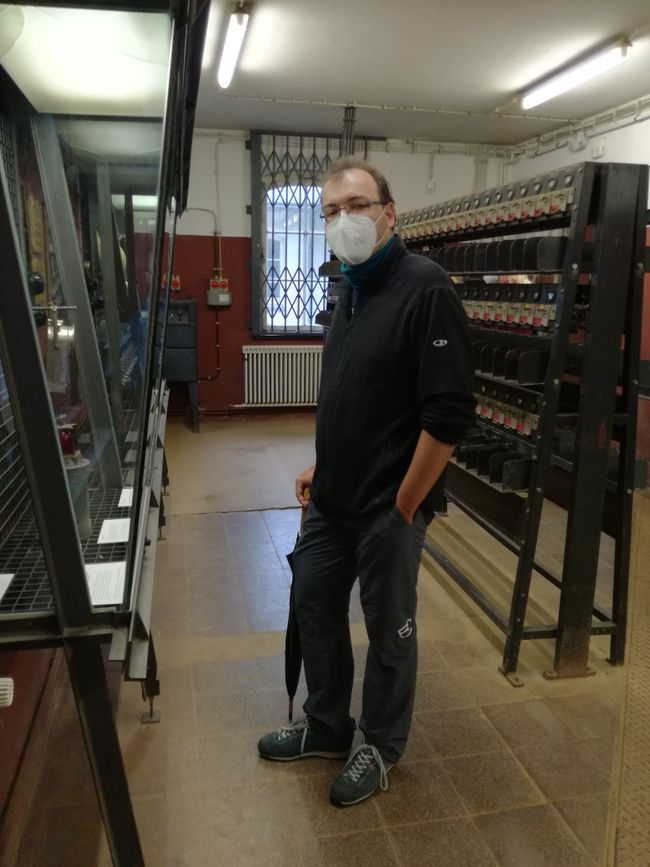
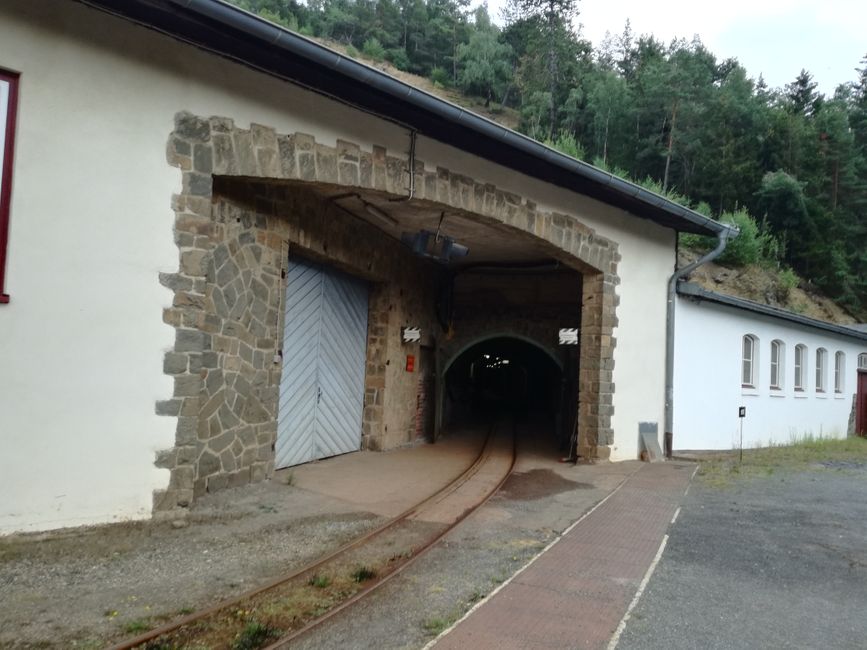
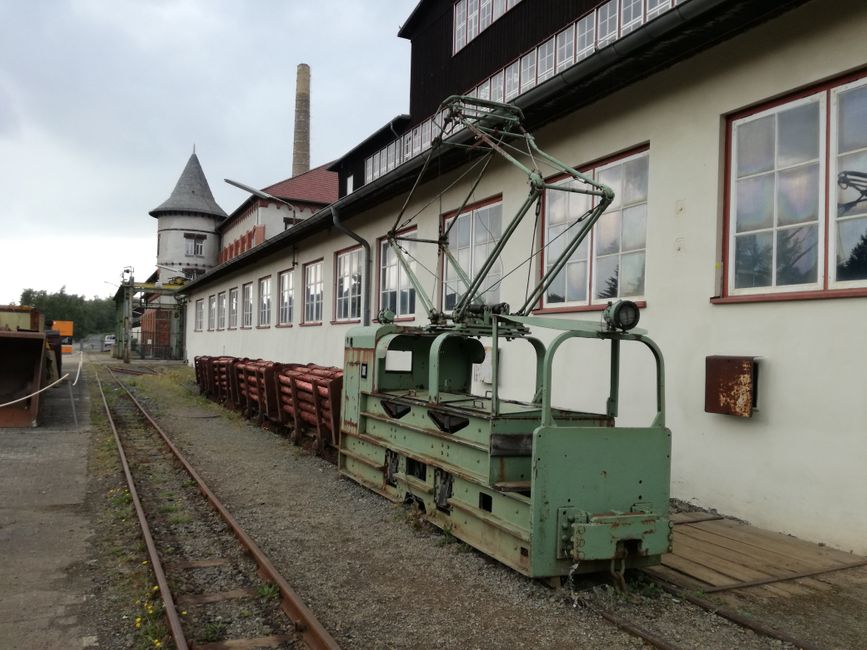
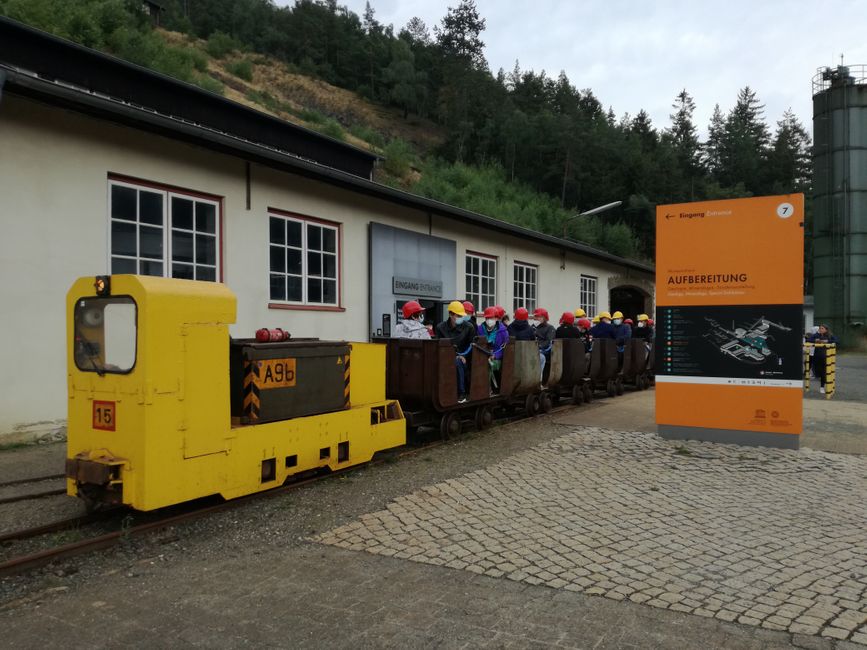
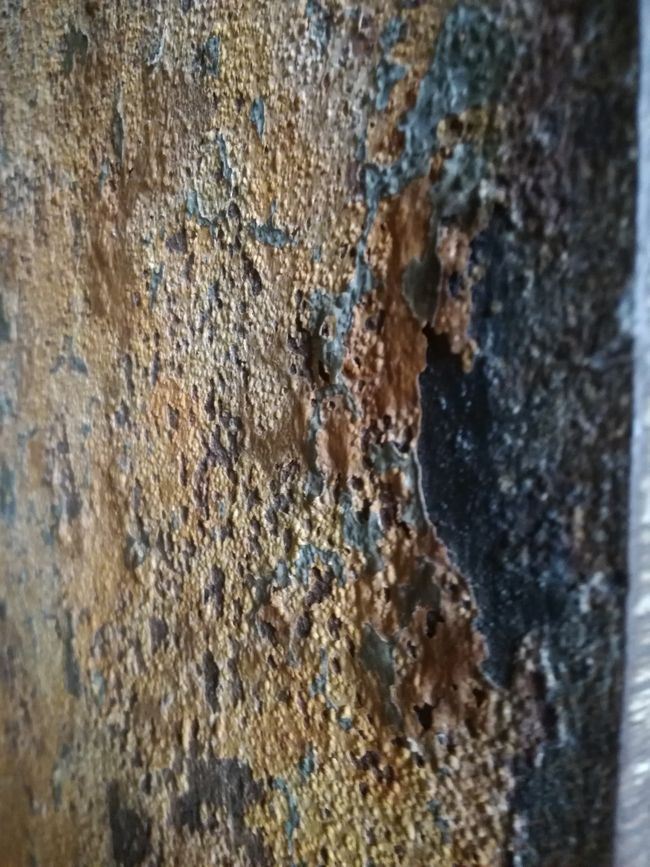
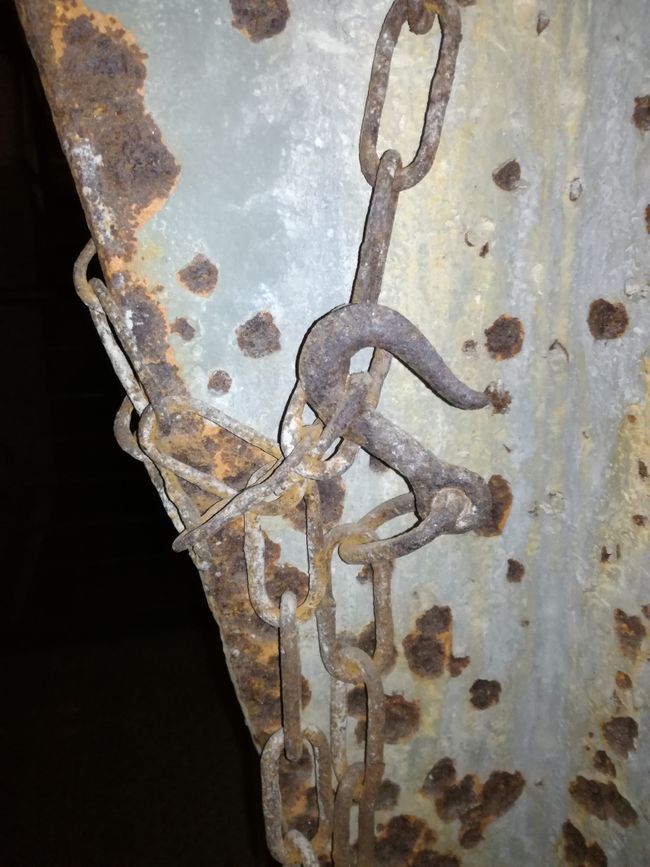
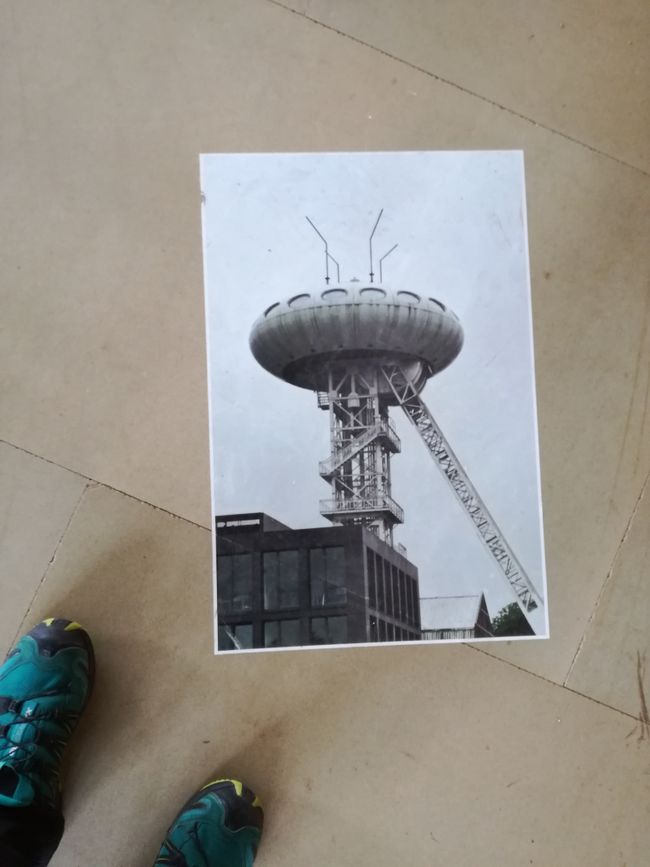
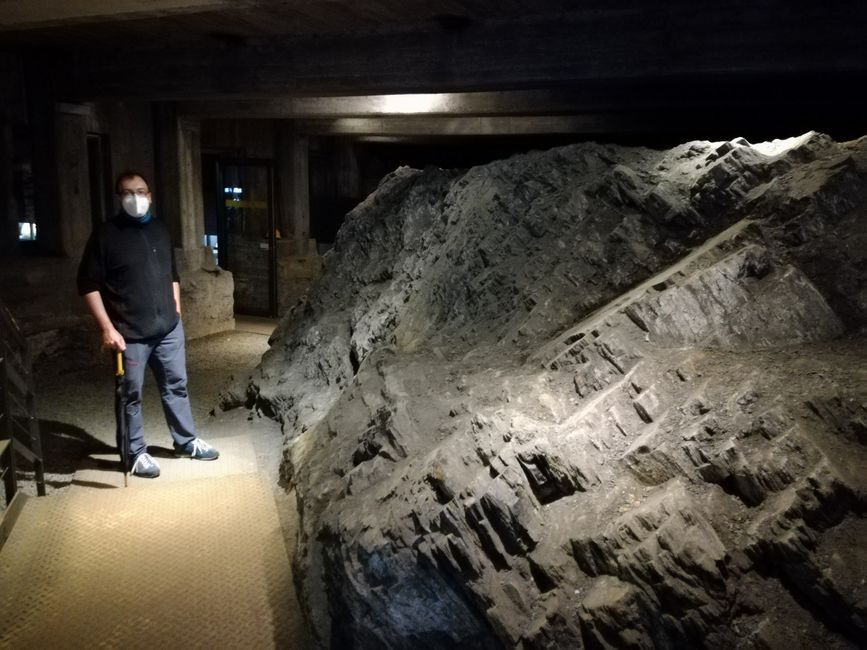
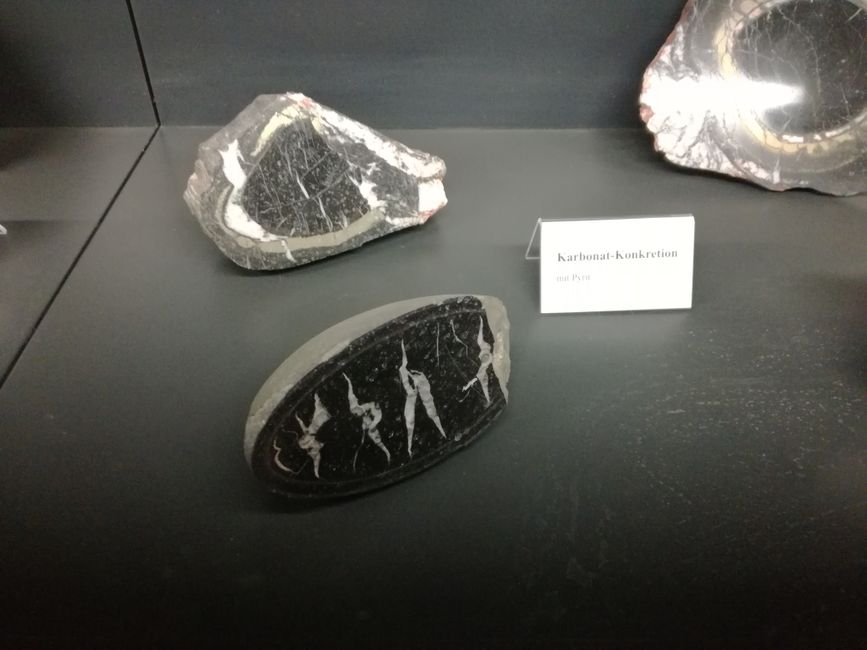
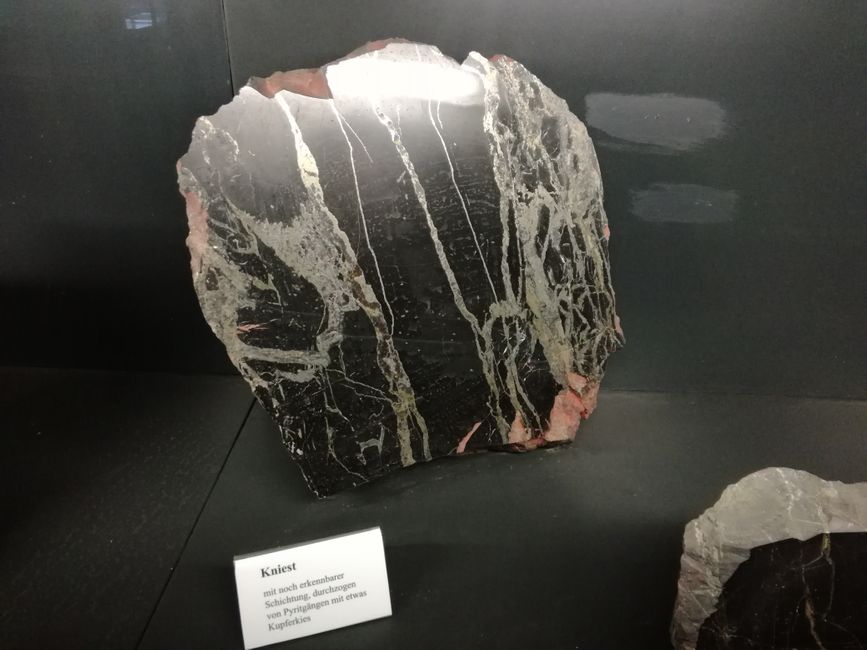
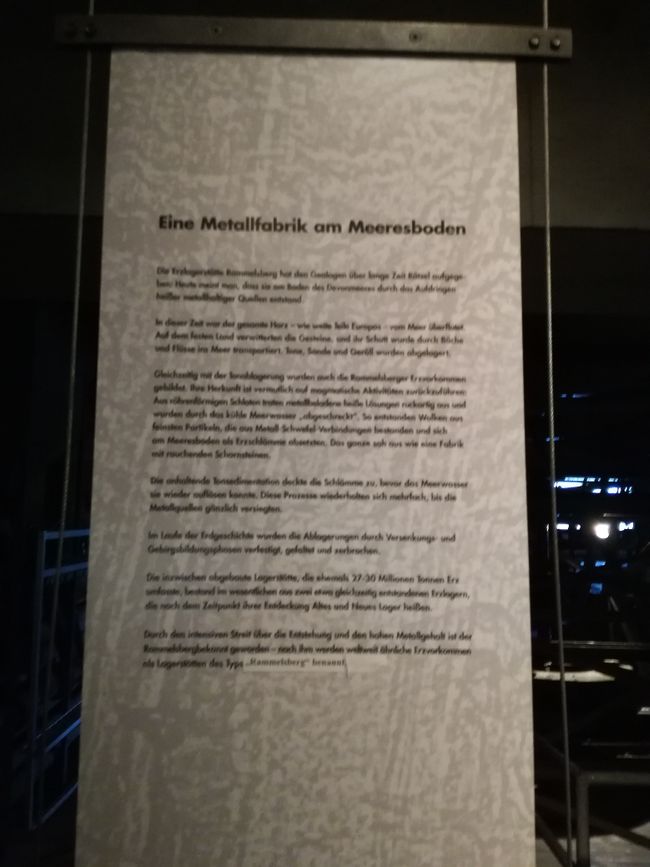
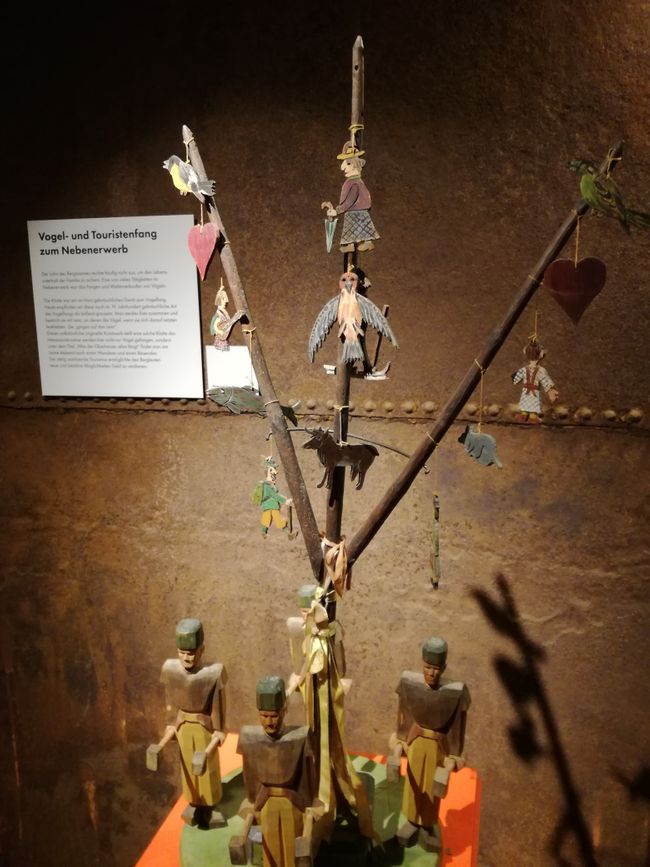
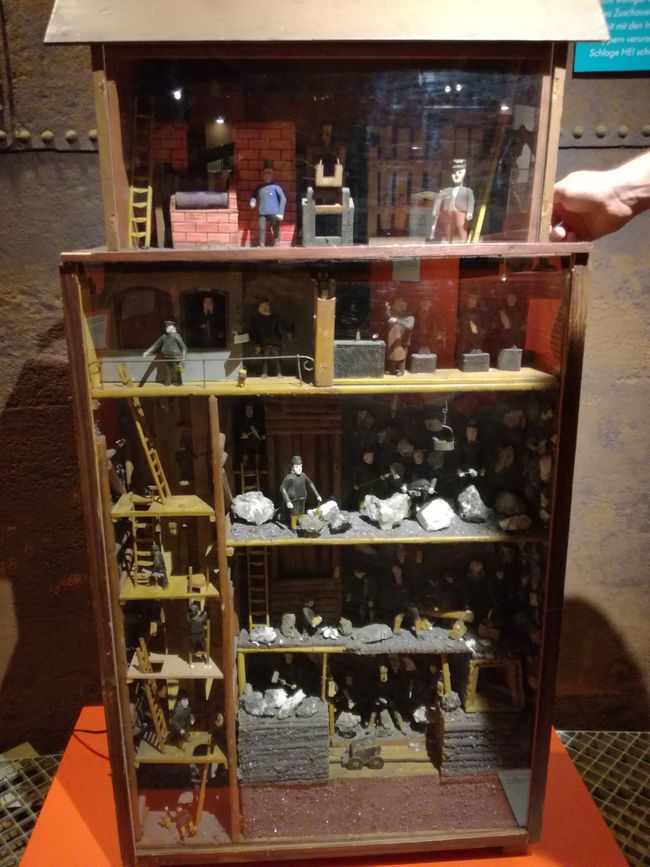
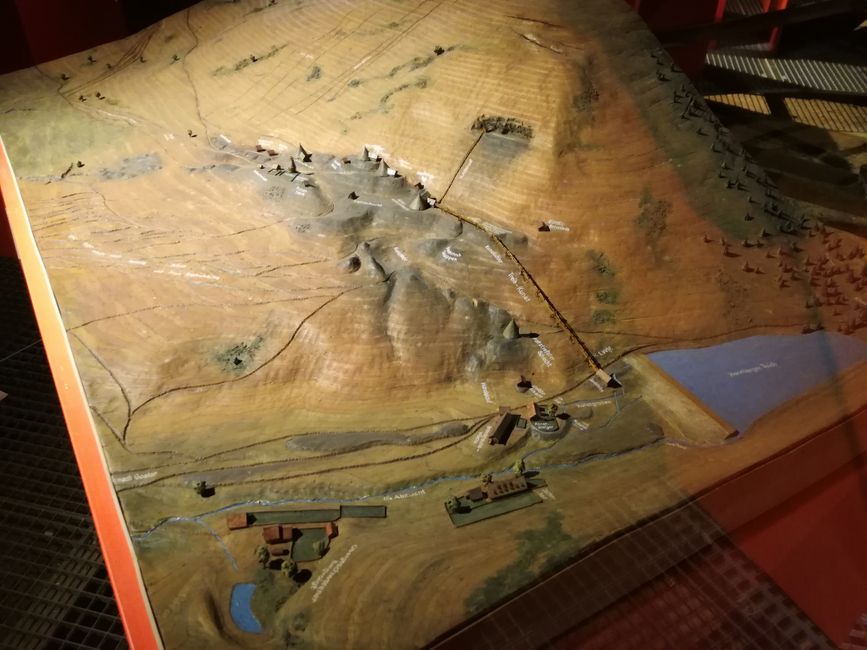
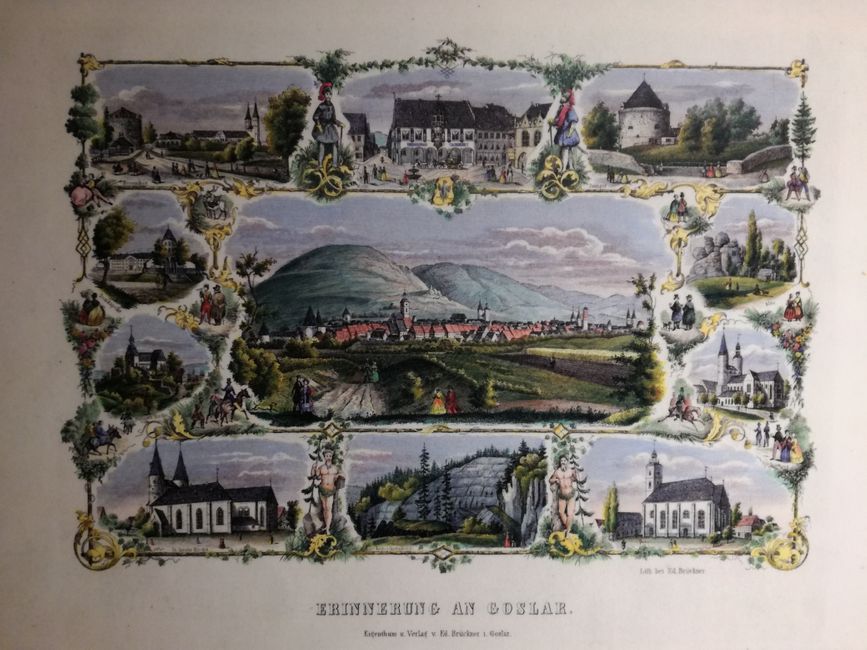
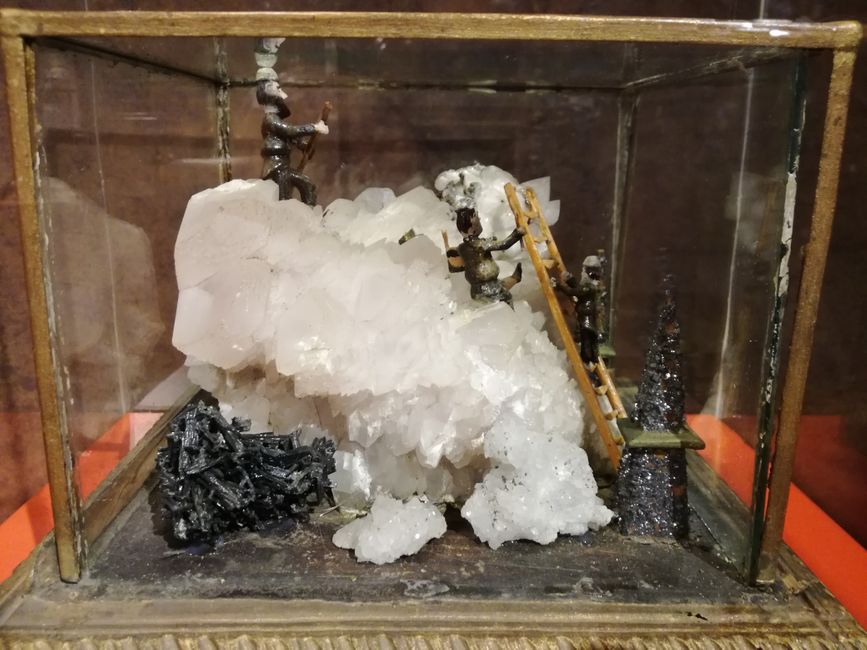
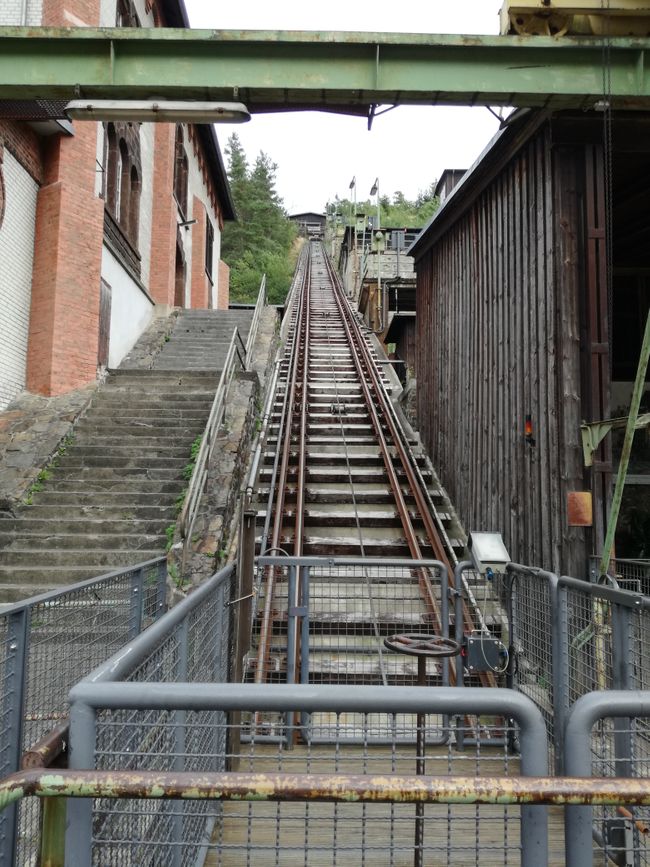
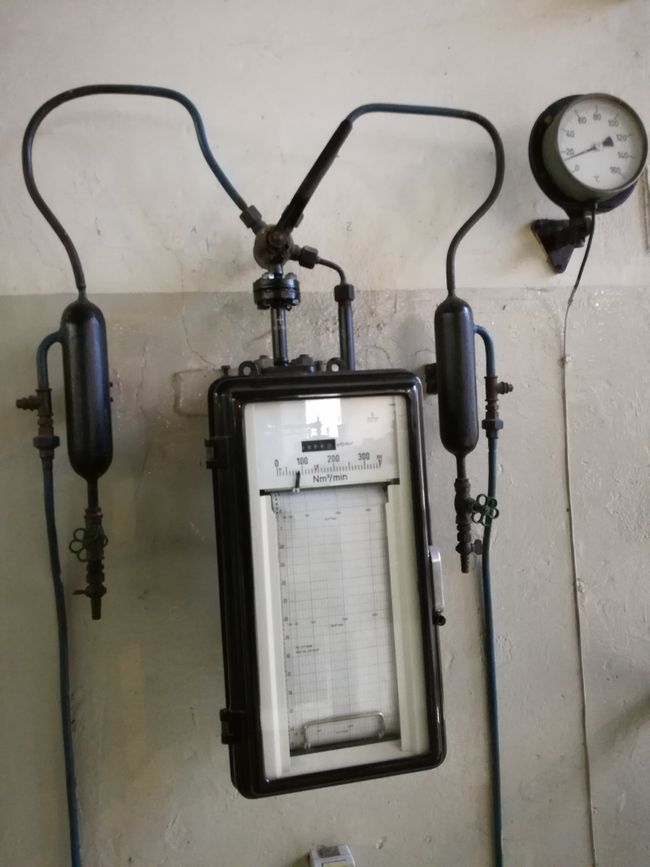
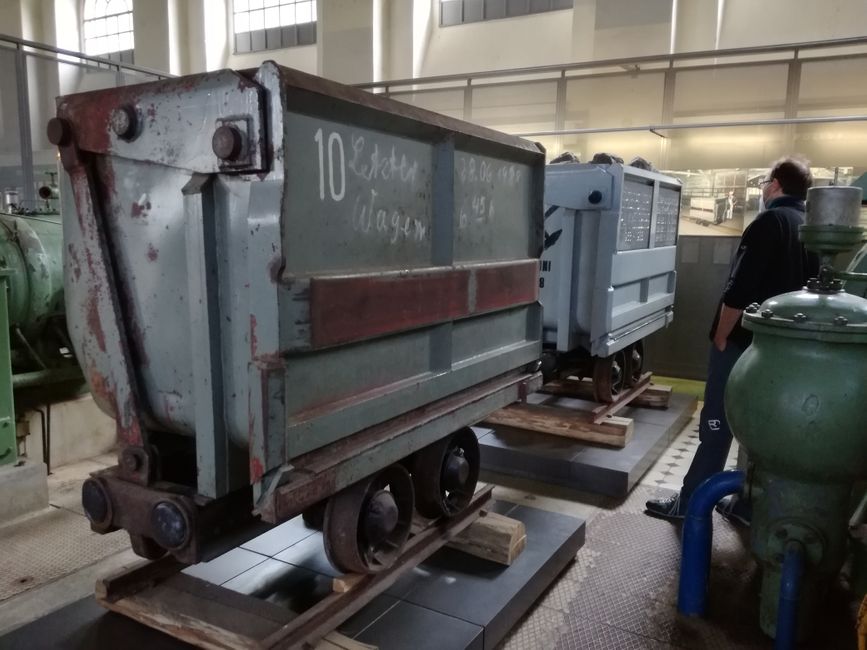
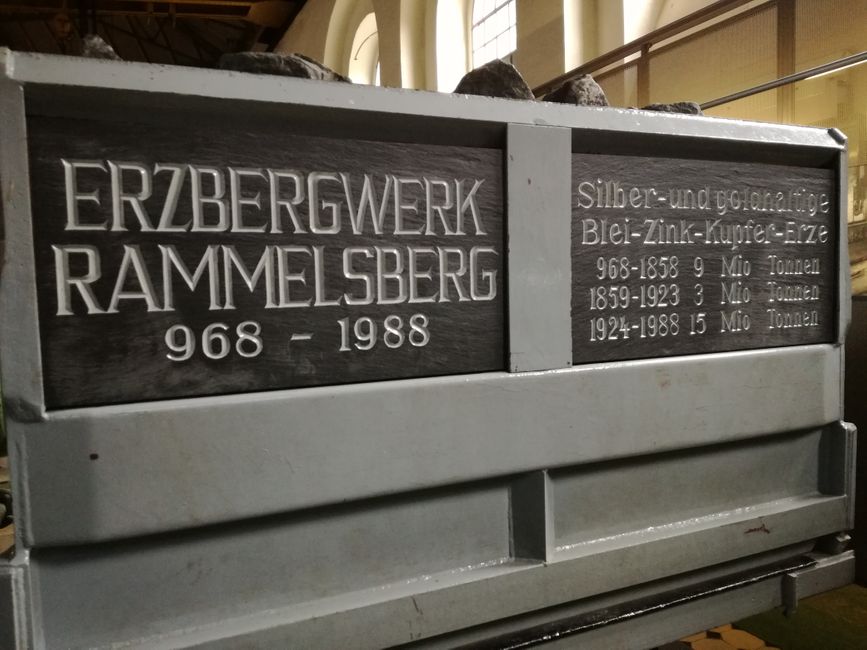
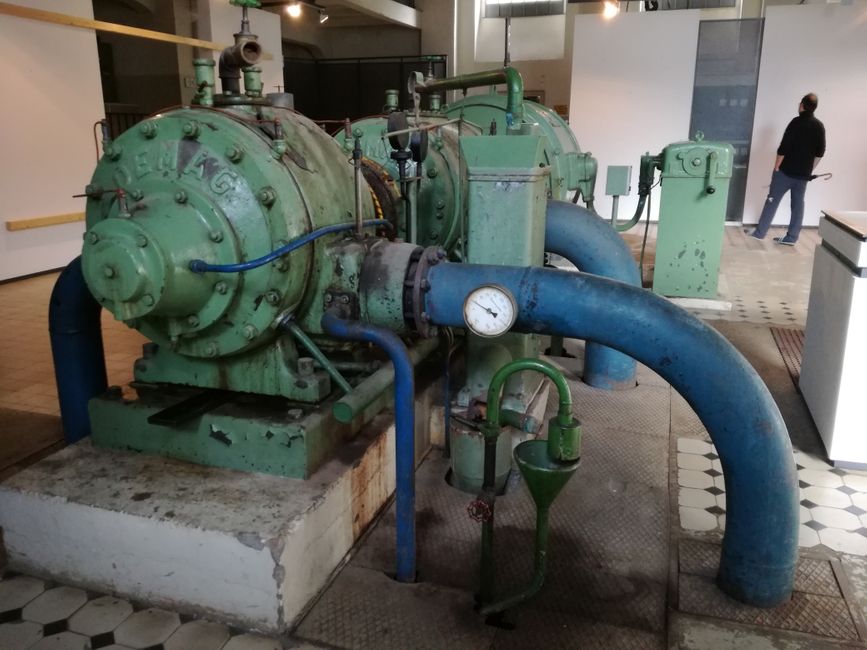
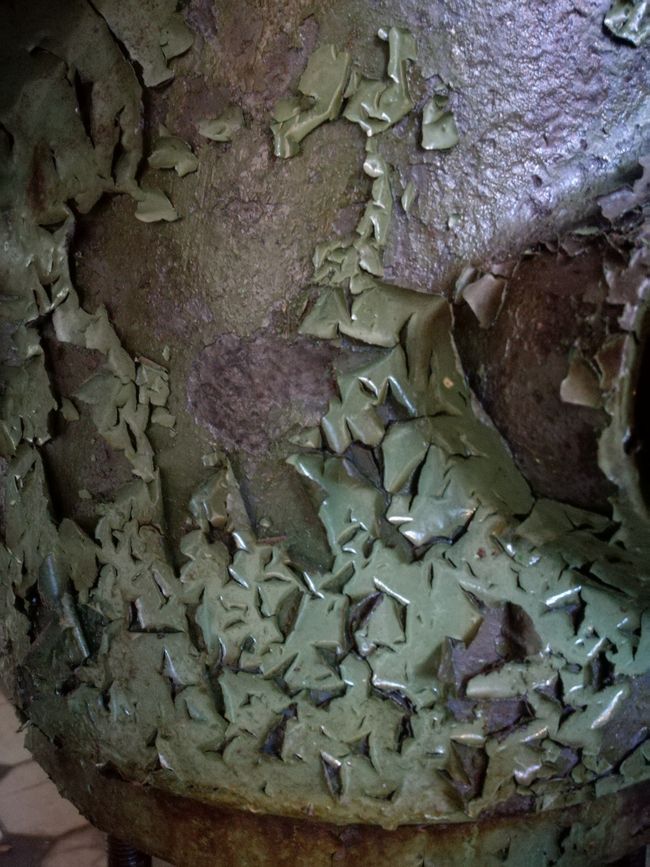
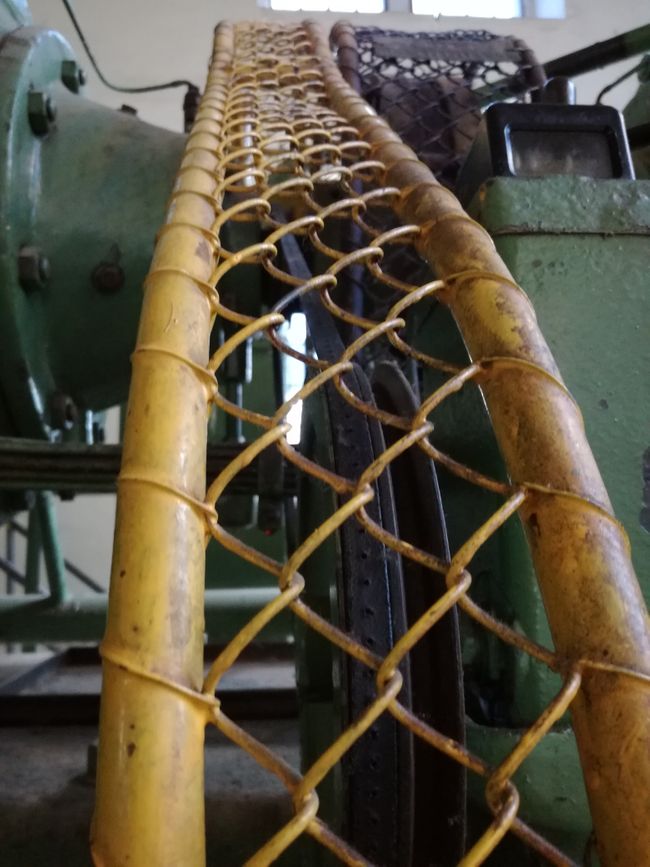
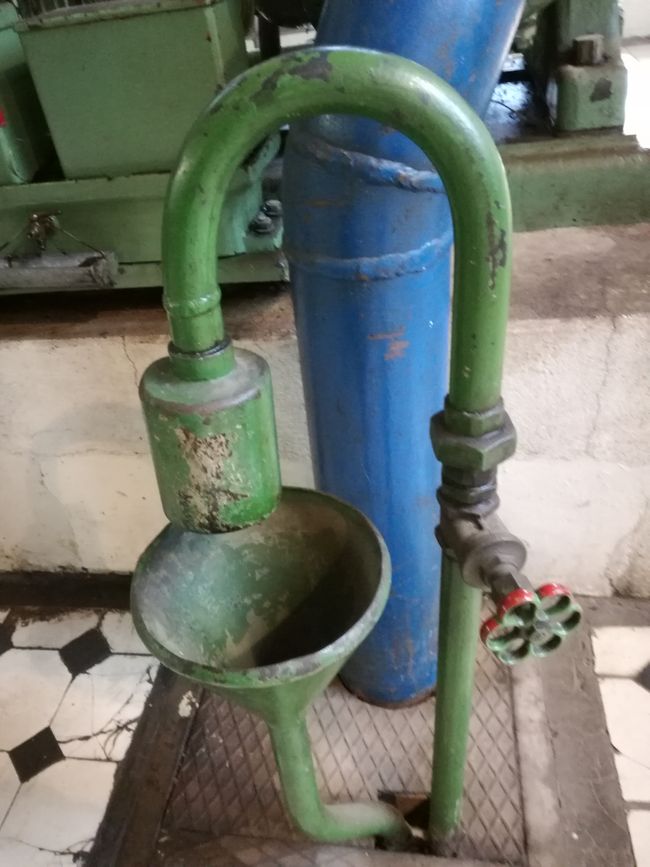
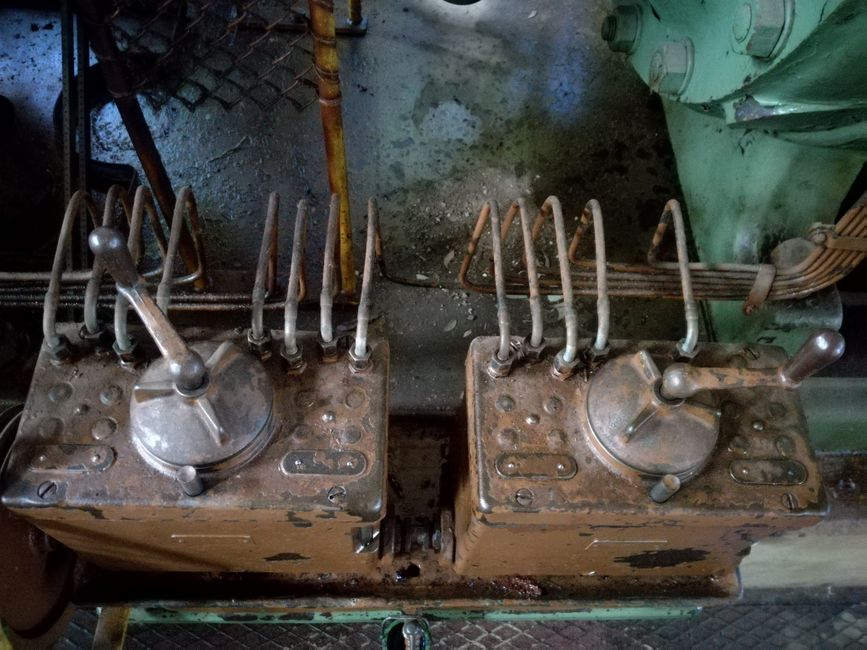
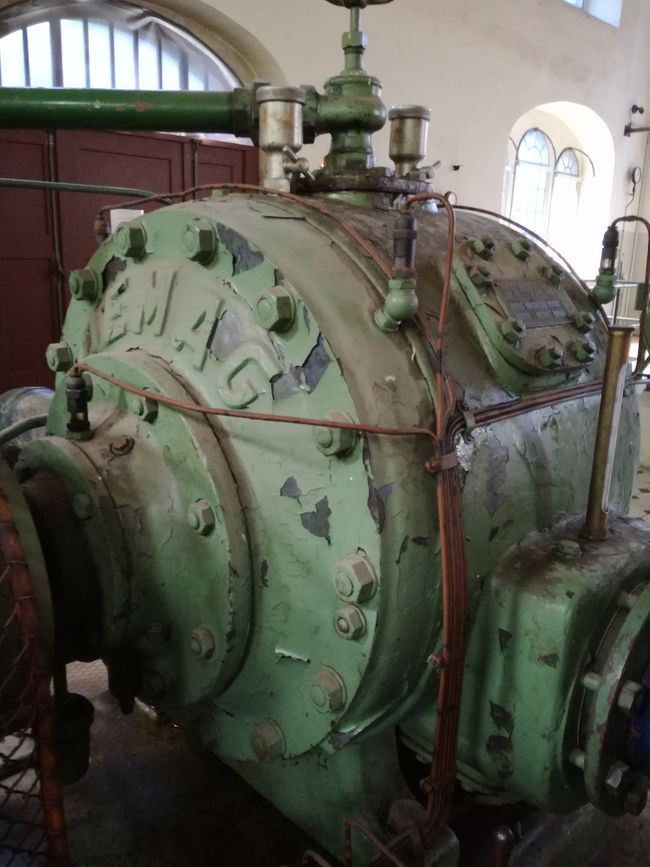
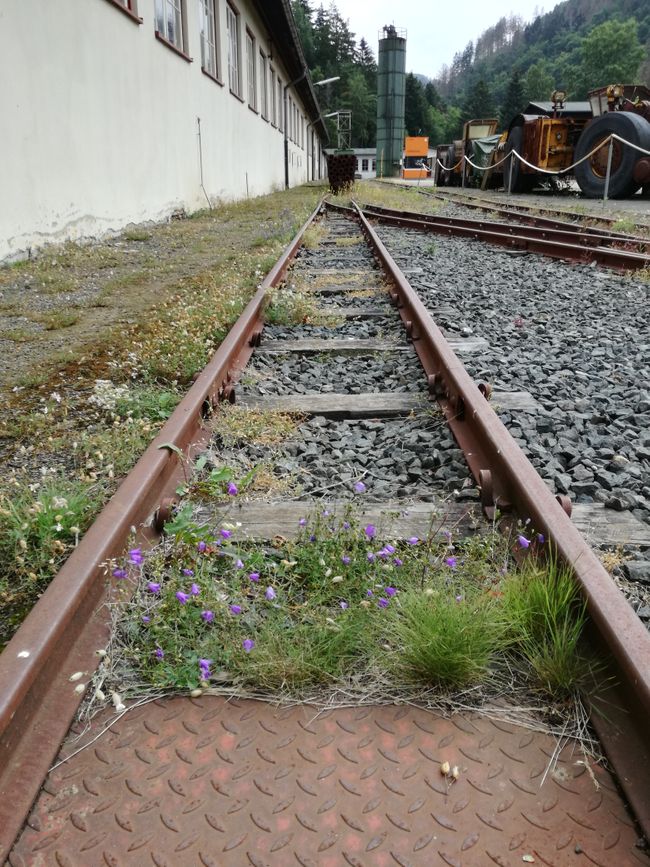
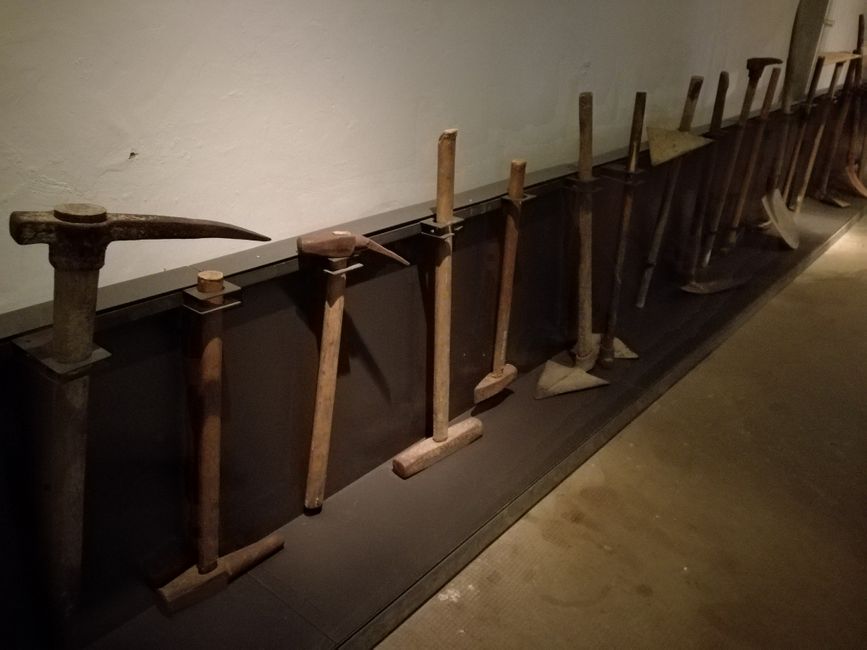
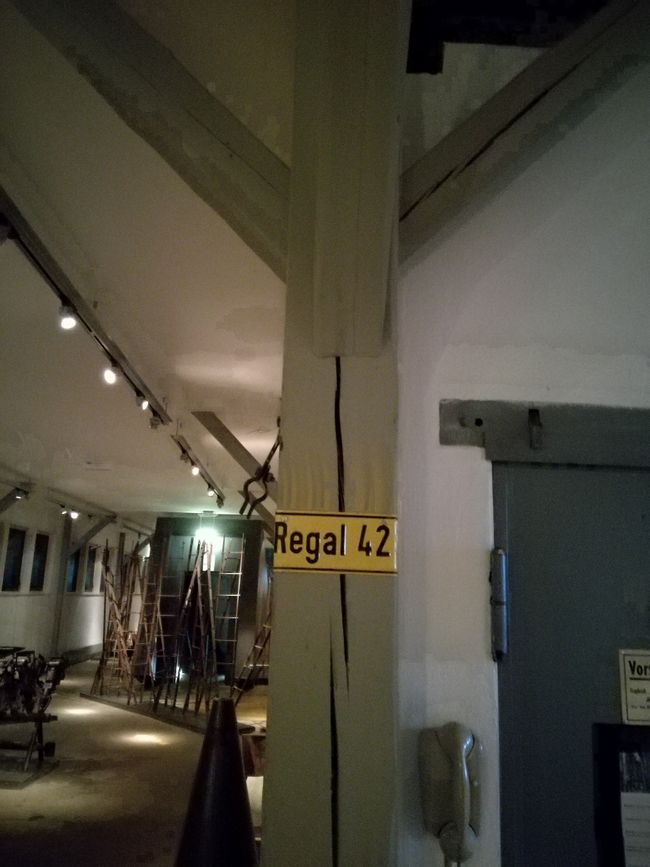
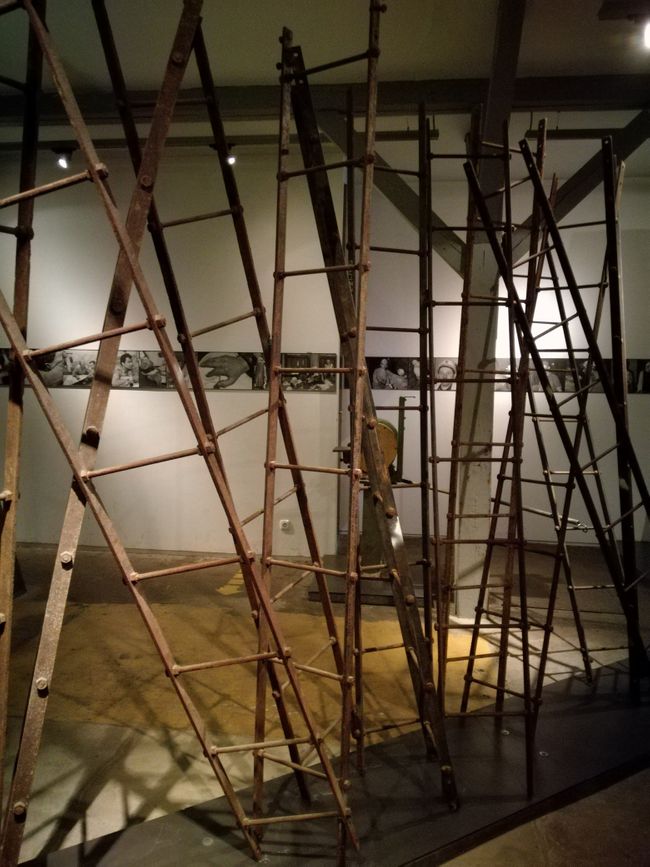
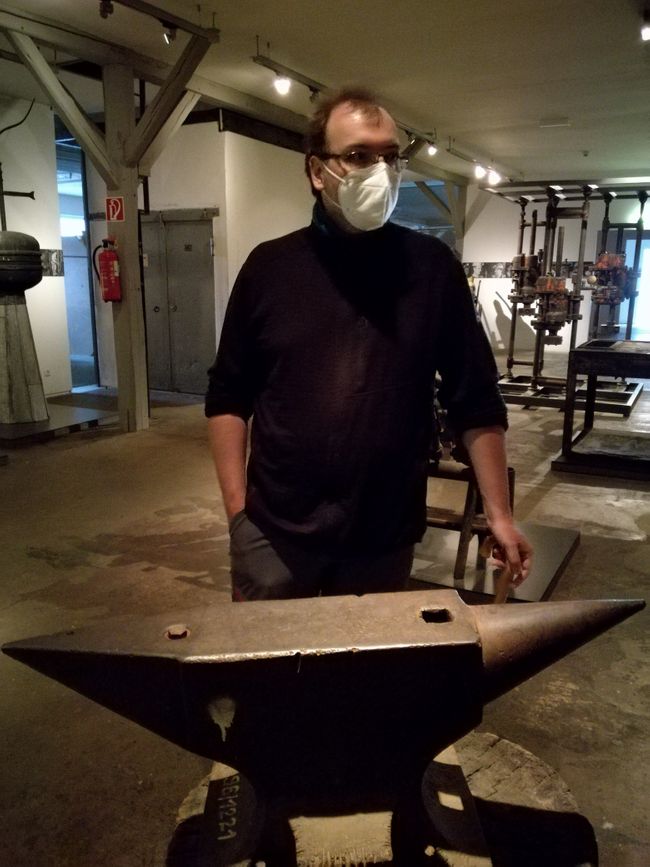
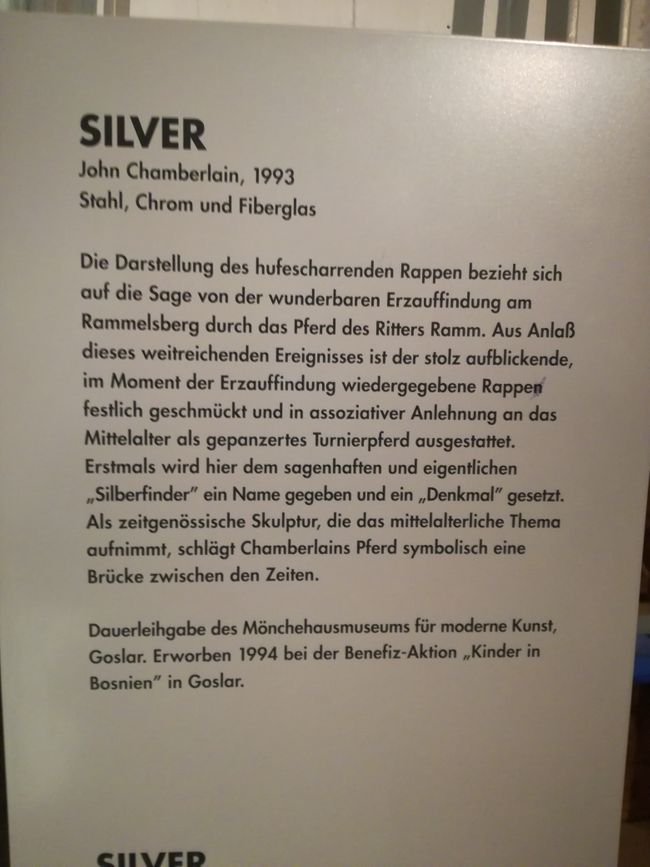
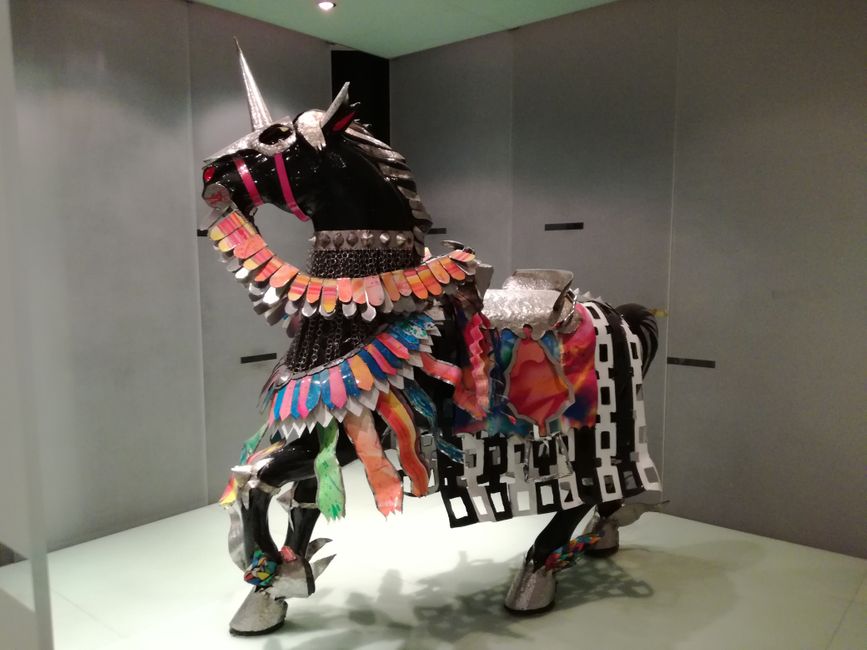
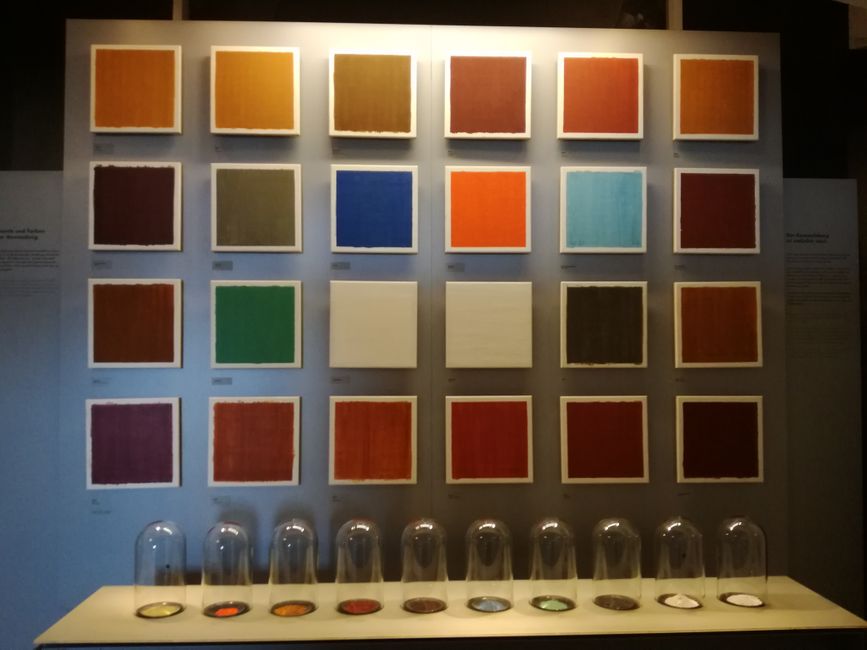
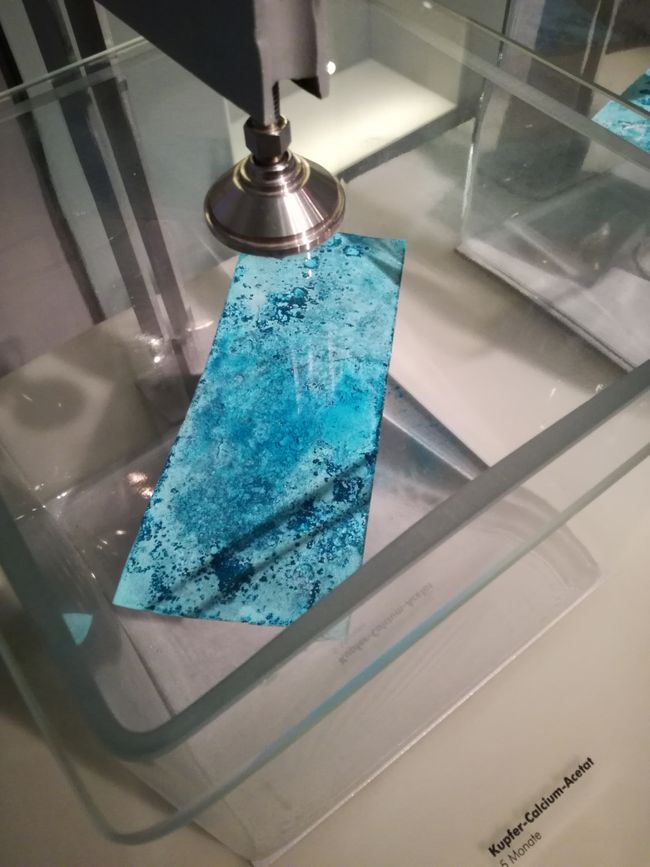
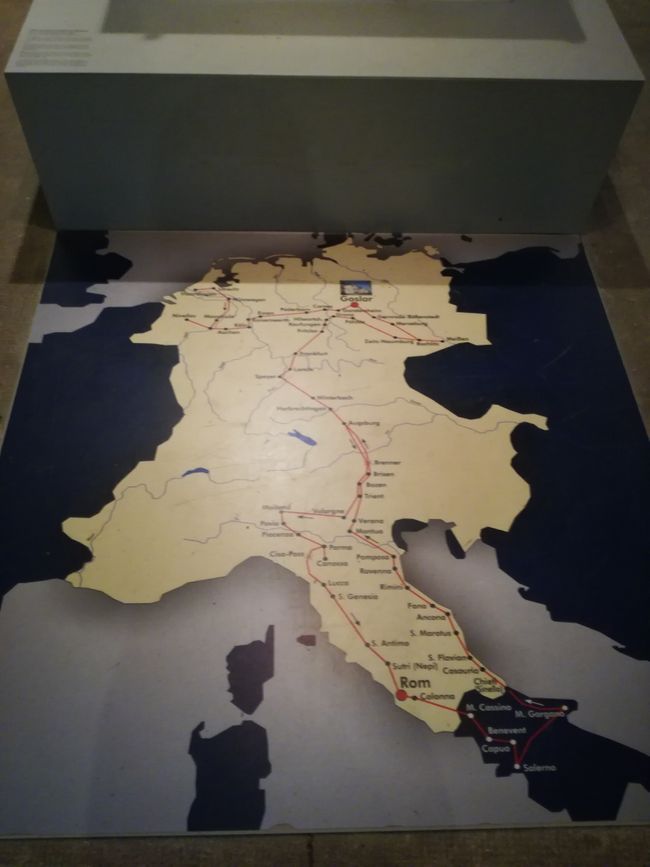
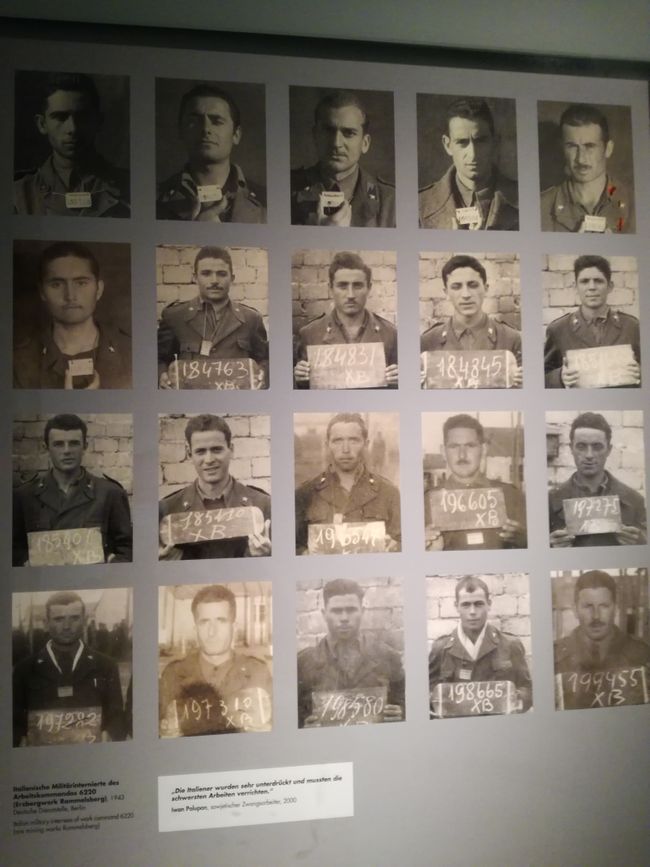
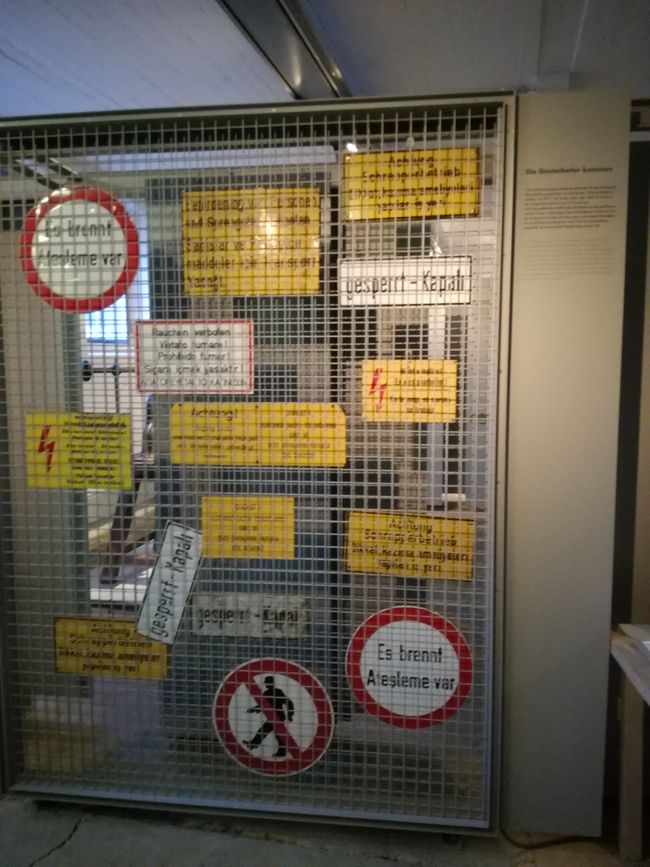
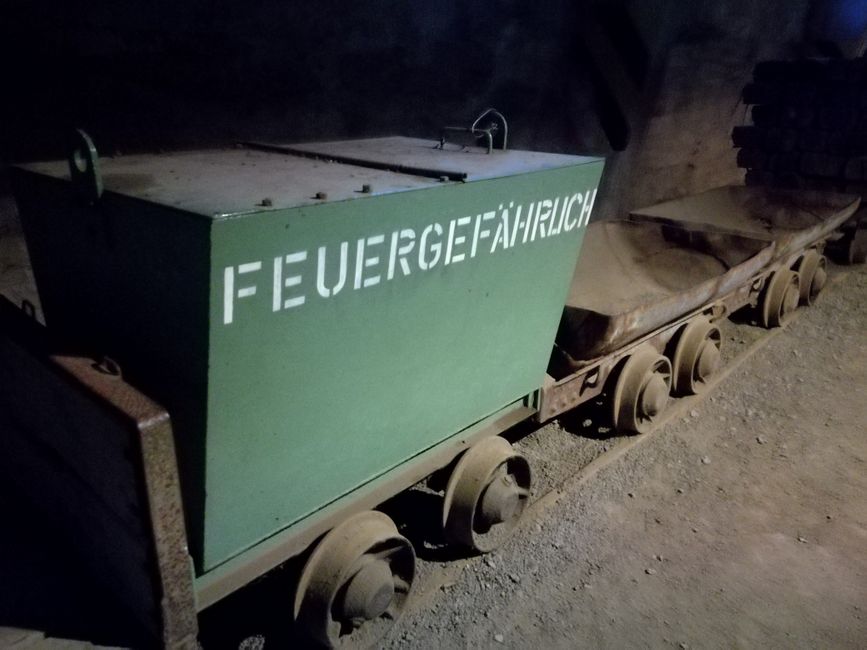
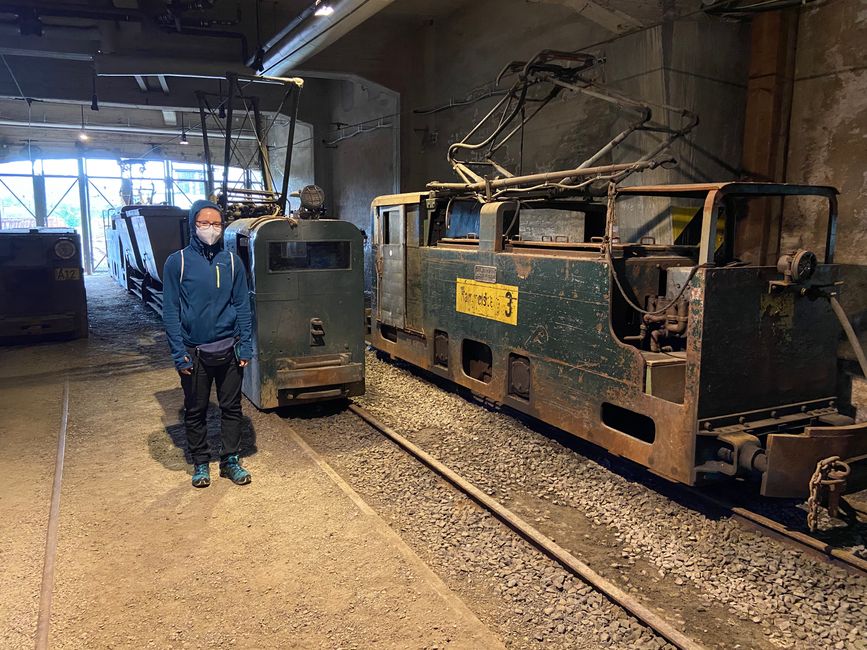
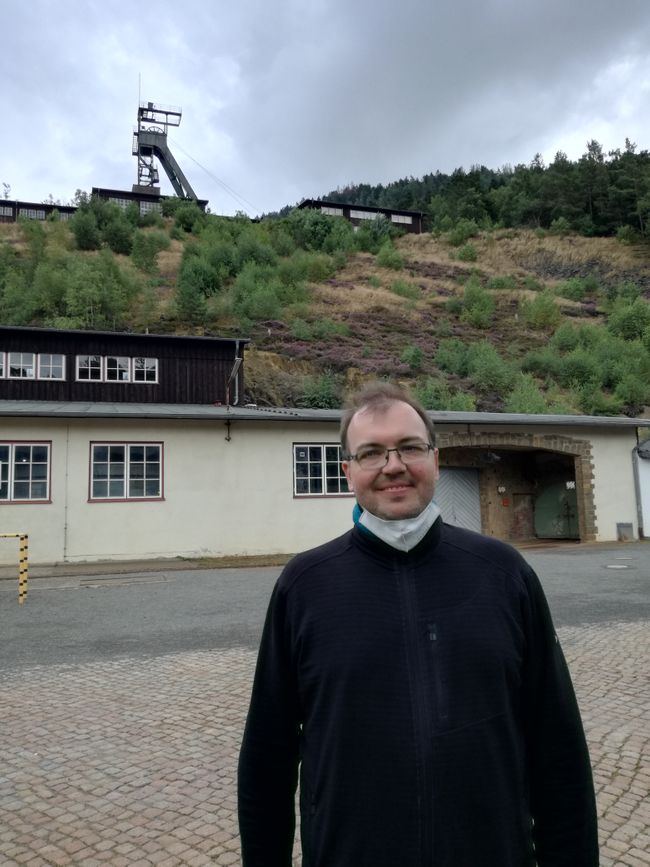
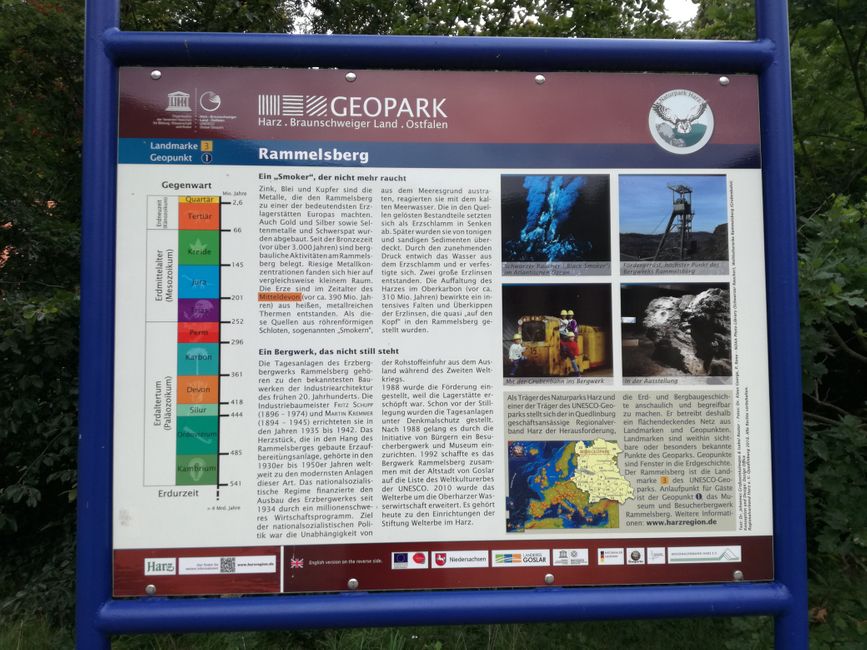
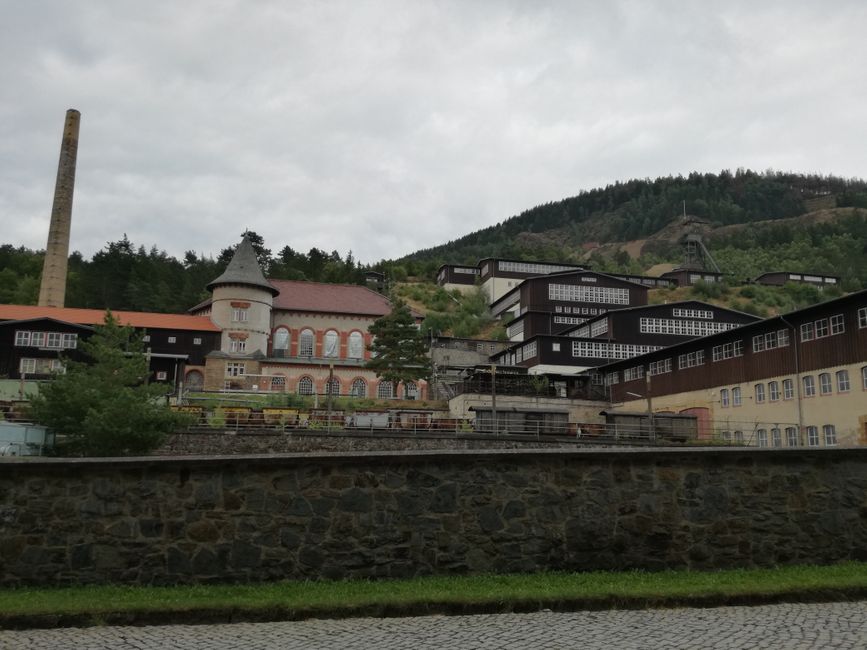
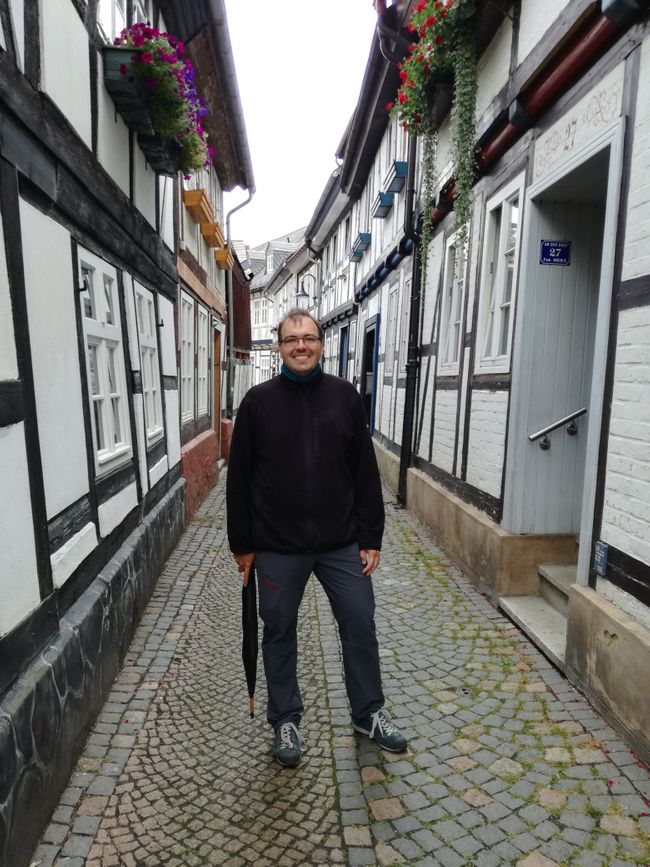
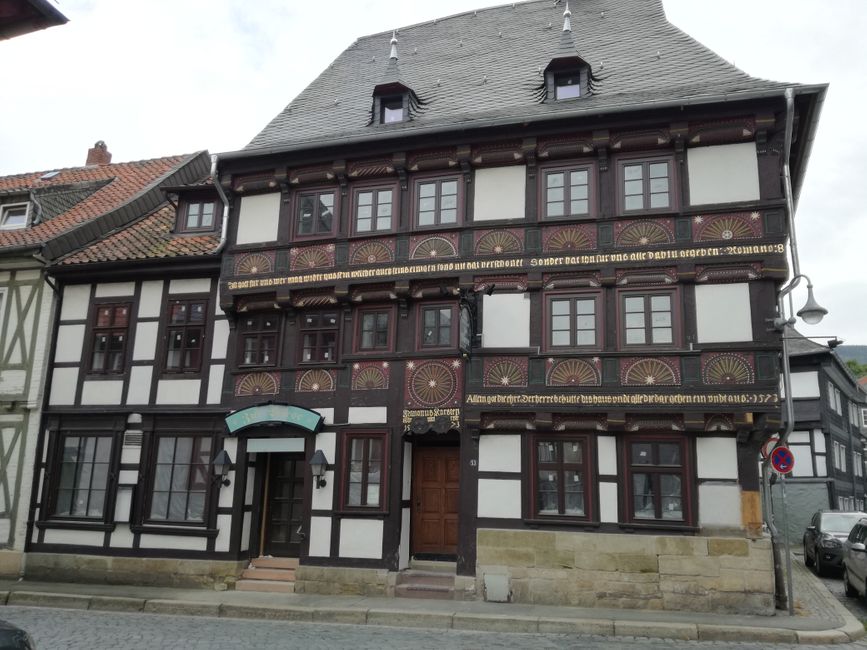
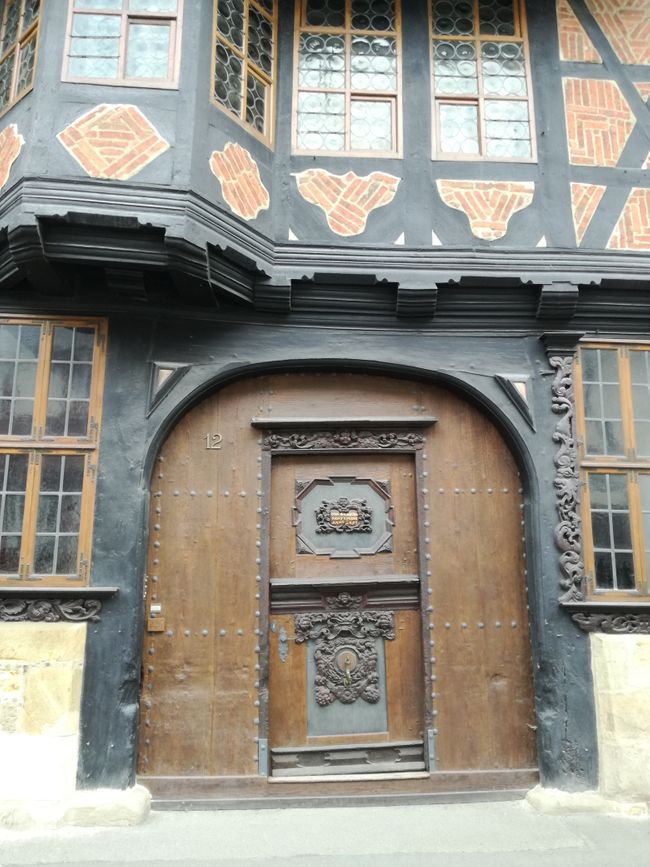
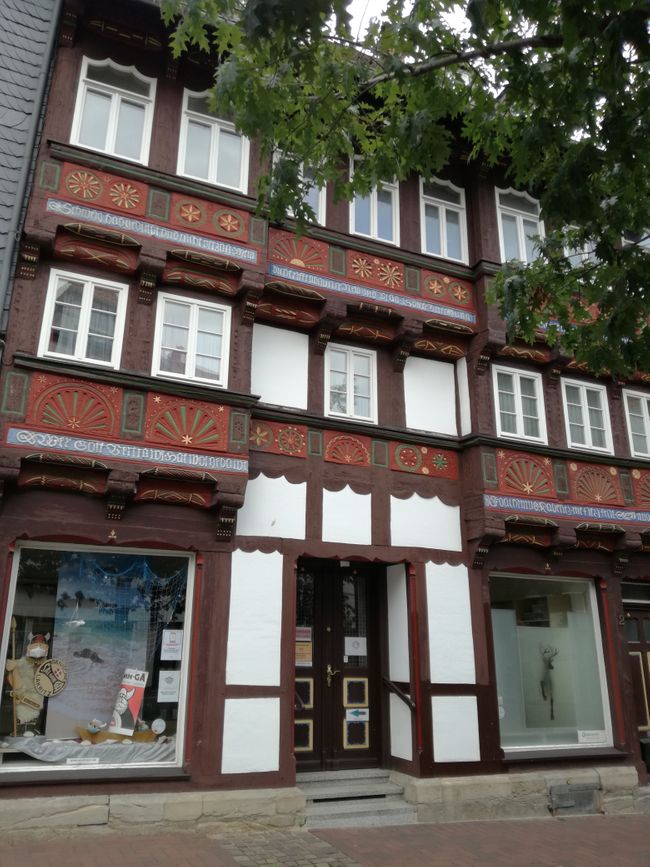
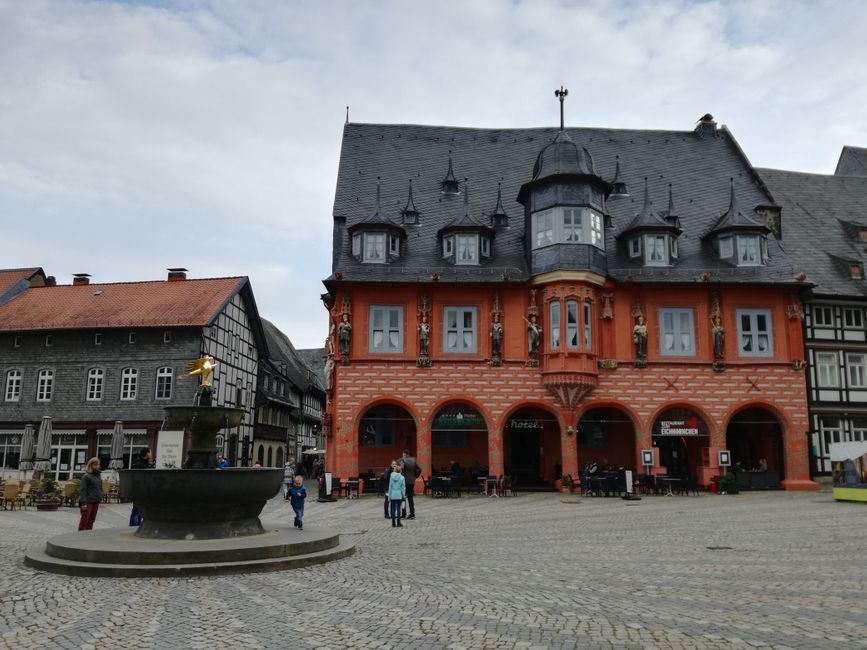
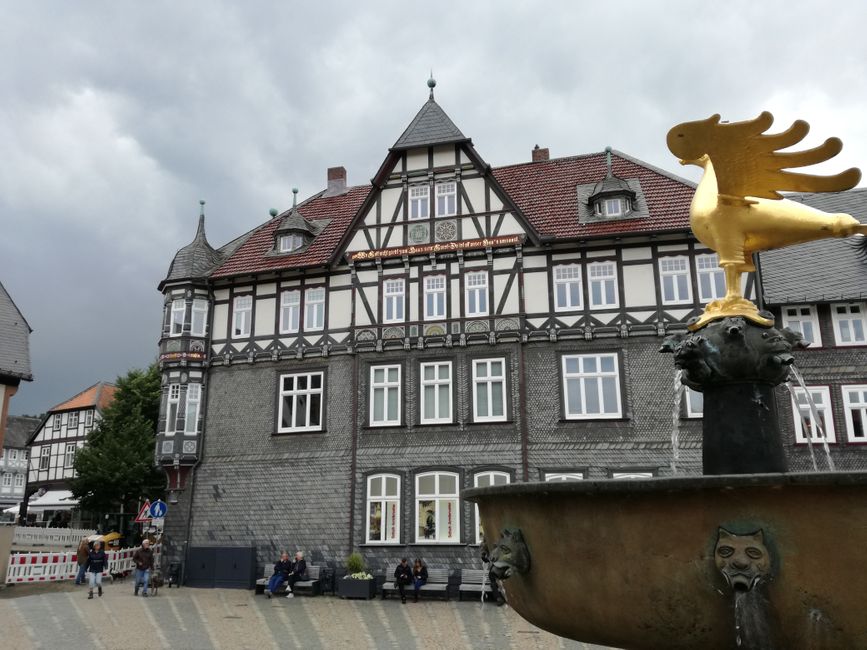
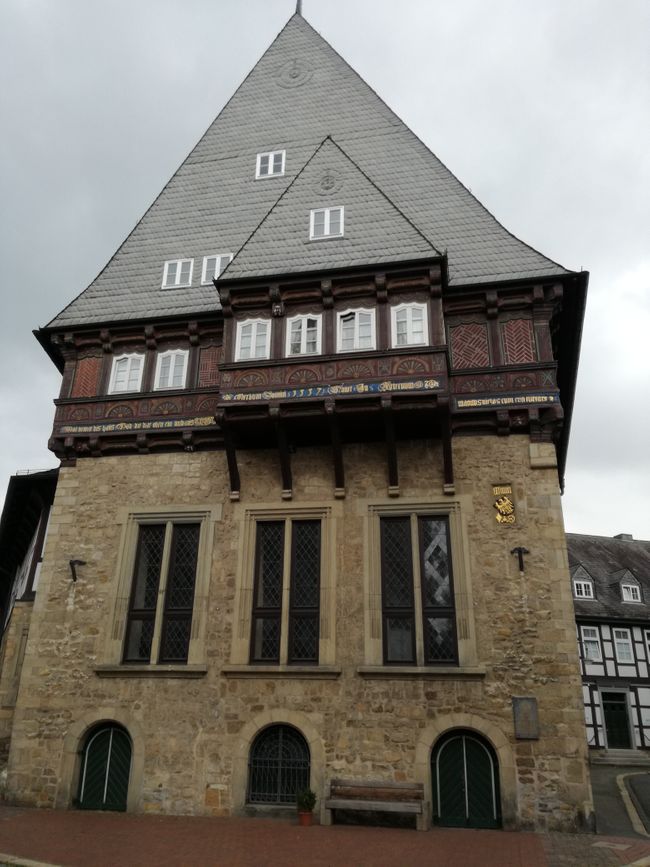
On the next day, day 16, we were well-rested and started with a delicious breakfast at the hotel (Hotel Liono). The breakfast was very good, with a wide selection and especially many tasty (vegetable) spreads. After our shoes had dried from yesterday's downpour, we could now make our way to the Rammelsberg Mining Museum, the highlight of Goslar (the historic city center is worth a visit too, but we had already seen a lot of half-timbered houses in the previous days).
We decided to walk there for a change, but it was also a bit uphill. Already on the way, we could catch a glimpse of mining history in a garden. For over 1000 years, ores were mined in this mine: initially copper ore and some silver, then mainly lead ore and finally zinc ore and barite (also known as baryte or barium sulfate); as well as other non-ferrous metals. This is what made Goslar wealthy in the Middle Ages. There were probably already mining activities there as early as the 3rd century, possibly even earlier (since the Bronze Age). In 1988, the mine was closed and converted into a museum and visitor mine. In the museum, you could see a lot: the pay hall, the washroom, and the lamp room (like in the Ruhr area), a mineral exhibition in the ore processing area with barite room, and a special exhibition on mining tourism, as well as various machines in the power plant and a cultural-historical exhibition of the Rammelsberg in the magazine (warehouse). In addition, you could have participated in various guided tours, such as taking the mine train deep into the mountain or taking the inclined elevator up to one of the last surviving German ore processing plants. For the operation of water wheels in the mine, i.e. for energy generation and especially for drainage of the tunnels, the Oberharzer Wasserwirtschaft (Upper Harz Water Management) or Water Regale was created, which is also part of the World Heritage Site. Nowadays, they also serve flood protection, drinking water extraction, as well as hiking and bathing. The old town of Goslar is also part of the World Heritage Site. There, you can discover some large ore rocks at important locations, as well as many half-timbered houses, a large market square with a fountain and a golden Goslar eagle, town hall, Kaiserworth, Kaiserpfalz, and so on...
Another highlight of Goslar was our visit to the vegetarian-vegan restaurant/café 'Schneeweiss und Rosenrot' yesterday, where we had delicious cake. However, today we were not so lucky. The second vegetarian restaurant was already full, so we wandered aimlessly through the city. We didn't like the remaining restaurant options (very meat-heavy), so we quickly decided to get something from the Vietnamese restaurant. Since it was raining again, we were glad to get back to the hotel.
Äntwert
